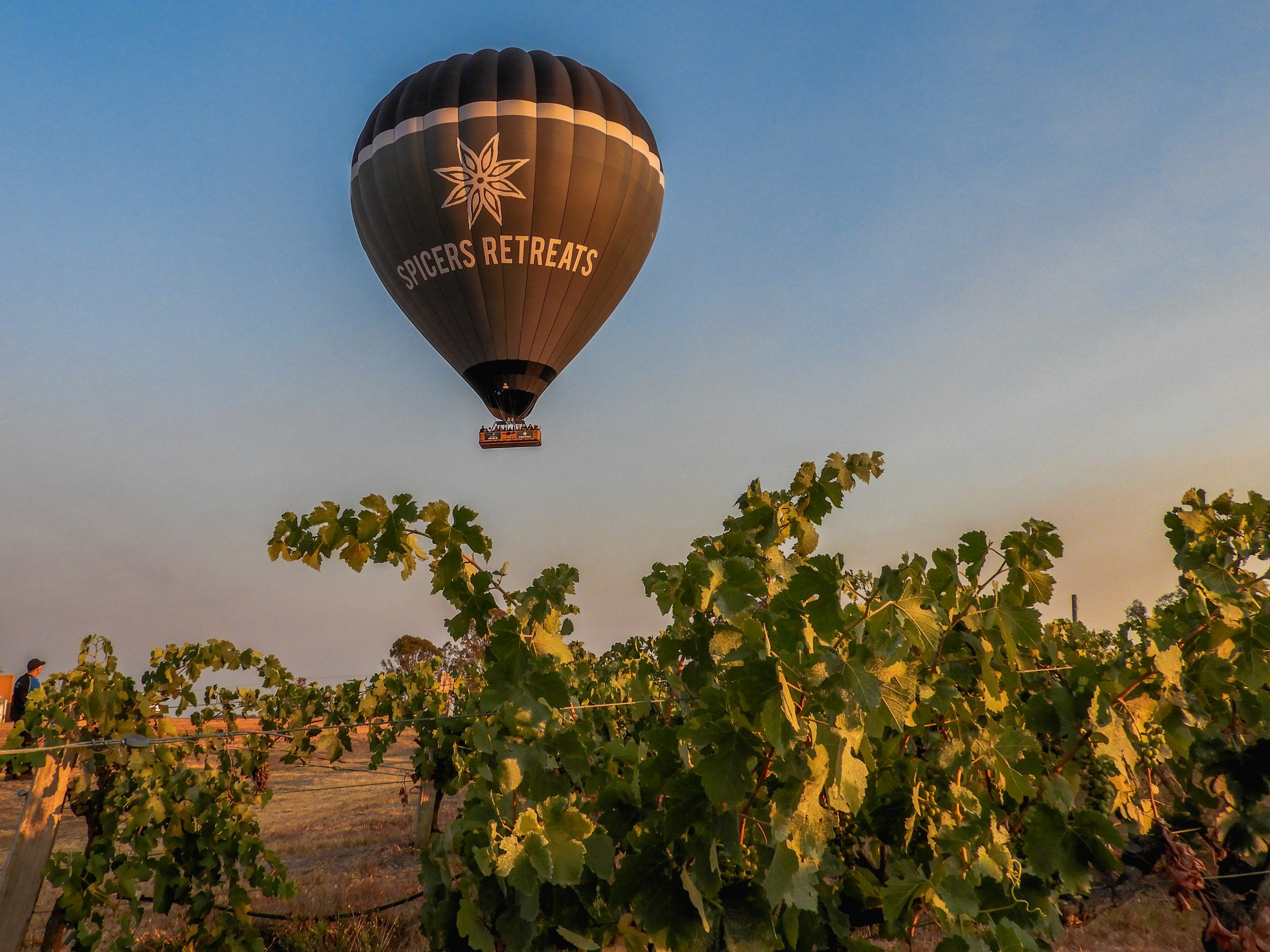
How high and far can a hot air balloon fly?
``Bobbing and weaving through extremely large and turbulent thunderstorm clouds, dealing with a potentially life-threatening problem involving a frozen oxygen tank valve, and being struck by a storm cell that iced over his balloon and added hundreds of kilograms of unwanted weight``
– This is just a small insight on what goes on a hot air balloon circumnavigates the earth.
In 2016 Russian adventurer Fedor Konyukhov successfully beat the world record for an around the world flight by 3 days of which the record was previously held by Steve Fosset. Launching and landing back in Western Australia it was an amazing example of what hot air balloons can do.
The hot air balloon was a special combination of a hot air envelope and helium cell, known in the industry as a ‘Roziere’ balloon. Cameron Balloons Ltd of Bristol, England designed and built it.
The balloon envelope was 168 ft tall and 60 ft wide. It featured a mylar envelope or “tent” enclosing a small sealed helium balloon (623 cubic meters) at top and a secondary envelope, which enclosed a large sealed helium balloon (15.576 cubic meters). The twin envelopes minimizes heat loss, and traps solar heat during the day. Thirty-four tanks of propane and ethane fuel hanging beside the capsule to feed the burners on top. Pilot can steer the balloon by ascending or descending to find wind blowing in the right direction. The balloon was equipped with a special onboard autopilot system called ‘Comstock Autopilot’, which can maintain the balloon at a constant altitude by using a computer to control the burners.
Konyukhov lived in a carbon-fiber gondola, roughly six feet (two meters) wide and six feet (two meters) tall, which could double as an autonomous life boat in the event of a water landing.
Total distance travelled was 32996km in 11d 5h 32m and a record that will again stand for some time.

Fedor is now aiming to fly to reach 25 kilometres, around 82,000 feet AMSL, – more than twice the height at which commercial airliners typically fly in which to break the world altitude record for a hot air balloon.
In theory, using good conditions, the size of the envelope could lift him even higher to 85,000 feet (25.9 km). Fedor intends to fly nearly four times higher than Mount Everest’s summit peak which stands at 8,848metres/29,028 feet (Everest’s summit is the world’s highest elevation above sea level).
The burners have been created to operate at up to 85,000 feet and Fedor recently saw them tested, running and being re-lit, in an altitude chamber that had been depressurised to the equivalent of 85k.
The Z-3,500’s envelope is made of about 9km (5.6 miles) of special lightweight fabric and – together with the gondola, or capsule – will stand 68m (223ft) tall, once inflated.
A typical envelope for a sport balloon is about 2,500 cubic metres in volume. This one is a staggering 100,000 cubic metres.
Cameron Balloons had great difficulty even inspecting and testing it because if we inflate it in the sunshine, just the warmth of the sun heating it a few degrees at the surface would give it an uncontrollable amount of lift.
“We took it to a big aircraft hangar in Bristol where I used to work years ago and inspected it thoroughly, but we couldn’t fully inflate it. Its first full inflation will be on the day it flies.”
Mr Konyukhov and his tiny Z-3,500 capsule will be fitted with special parachutes in case there is a mishap during the record attempt.
If all goes according to plan, he will be up and down within a day.

If you’re thinking about experiencing some more mild heights
of up to 5000ft above the beautiful Hunter Valley
Come join Beyond Ballooning for a trip of a lifetime!
or call us on 1300 468 247



